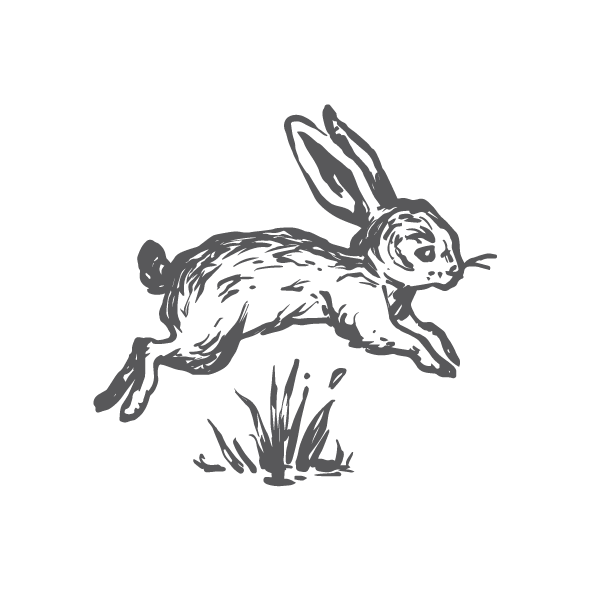Creating your own coloured wooden blocks can be easy, affordable and incredibly satisfying! Perfect for educational play or given asa thoughtful gift, we break down step-by-step how to make your own set of eco-friendly, coloured blocks.

YOU WILL NEED:
Untreated pine (we used 32x90mm, 32x40mm and 32mm dowel)
Sandpaper (we used 150 grit)
Saw
Beetroot
Red cabbage
Turmeric
Baking soda
Lime
Coconut oil or beeswax
Clean rag

STEP ONE:
Cut shapes from pine and sand all sides so they are smooth to touch.
We cut the dowel into the following lengths: 130mm, 90mm and 40mm
We cut the 32x40mm into: 130mm, 90mm, 40mm and 20mm lengths; and 40x40x60mm triangles
We cut the 32x90mm into: 20mm lengths; 90x90x130mm triangles; 40x90 w/ a 55mm circle cut using a hole saw.

STEP TWO:
Cut the cabbage and dice the beetroot.

STEP THREE:
Place cabbage, beetroot and turmeric into separate pots of water:
· 1 beetroot - use 2 cups of water
· 1/2 red cabbage - use 6 cups of water
· 1tsp turmeric - use 2 cups of water

STEP FOUR:
Place on stove and bring to boil.
Turn down low to simmer.
Keep on heat until the water is your desired colour (you can test with a paper towel).
Tip: The less water you use, the more concentrated your dye will be. You can adjust this as you go by adding more water or boiling it down further.

STEP FIVE:
Pour dye into vessels through a sieve to drain out vegetables and you should be left with three colours:
Purple (red cabbage)
Red (beetroot)
Yellow (turmeric)

STEP SIX:
To create other colours…
Bright pink: Mix juice of 1 lime + 1 cup of red cabbage dye
Teal: Mix 1tsp of baking soda + 1 cup of red cabbage dye

STEP SEVEN:
Place dye into separate vessels large enough to fit your cut shapes. Let the shapes sit in the dye for at least 2 hours.
The longer you leave the shapes, the more dense your colour will be.
When you are happy with your colour, remove the shapes and allow them to dry.

STEP EIGHT:
Once dry, melt the coconut oil or beeswax and apply to the shapes using a clean rag.



